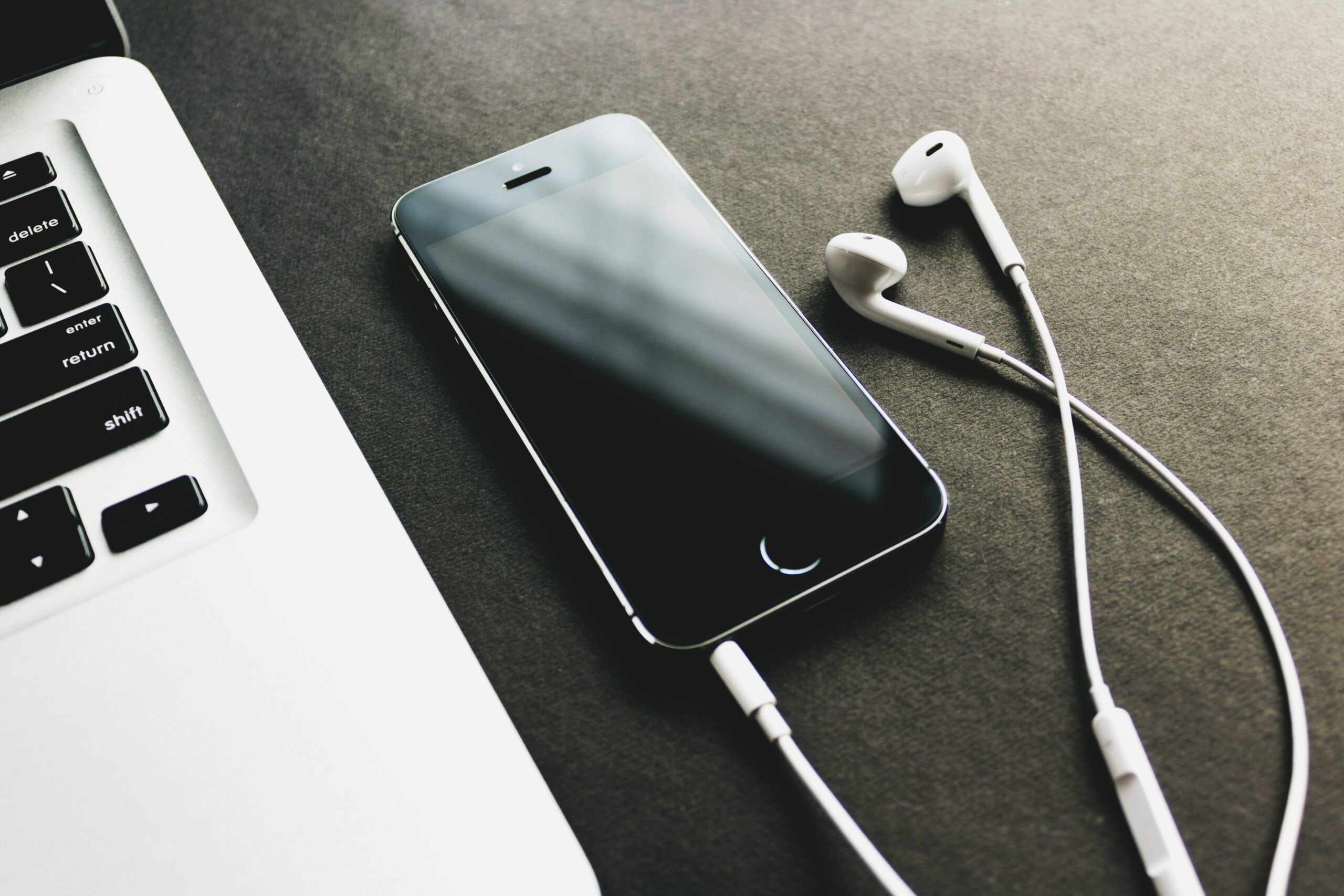
The surge in sales of cars, consumer durables, and electronic goods, as per a report by The Economic Times (ET), is driven chiefly by the extended tenure of equated monthly instalments (EMIs), buyback assurances, and similar financing methods. As product prices rise and consumers gravitate toward more premium models, accessible borrowing schemes have notably gained momentum. Brands have voiced apprehensions about amplified borrowing expenses linked to consumer loans, hinting at possible margin adjustments in the event of rising borrowing costs. This concern is notably pertinent for no-cost EMIs, where the burden of interest costs falls either on manufacturers solely or in partnership with retailers.
To counter escalating worries surrounding the upsurge in unsecured consumer loans, the Reserve Bank of India (RBI) raised the risk weight on consumer credit, encompassing credit card receivables and bank loans extended to non-banking financial companies (NBFCs). This recent policy adjustment by the RBI is poised to prompt banks and non-banking entities to allocate more capital, potentially leading to an increase in lending rates. Satish NS, Haier India’s President, highlighted that in the event of increased borrowing costs, brands would bear the additional expenses or might opt to marginally raise product prices.
Post-Covid, the average loan tenure, as stated by Nikhil Ranade, Head of Retail Finance at Landmark Group, has elongated from approximately 50 months to roughly 56-58 months. This notable extension indicates a growing customer inclination towards loan periods spanning between 60 to 84 months, highlighting an elevated preference for more extended loan commitments.
Electronic products such as televisions, smartphones, refrigerators, and various appliances have witnessed a growth surge of 5-7 percentage points this year, representing the highest upswing in at least five years. Brands have notably expanded their offerings of no-cost EMI options, now available even for entry-level products and in smaller stores. This move aims to accommodate a broader consumer base seeking enhanced payment flexibility.
According to insights from Counterpoint Research, the proportion of smartphone transactions using no-cost EMI has surged from 28% to 33% compared to the previous year. This rise indicates a notable increase in the adoption of no-cost EMI options for smartphone purchases, now extended to models priced above Rs 10,000, as opposed to the prior threshold of Rs 20,000 and higher.



































